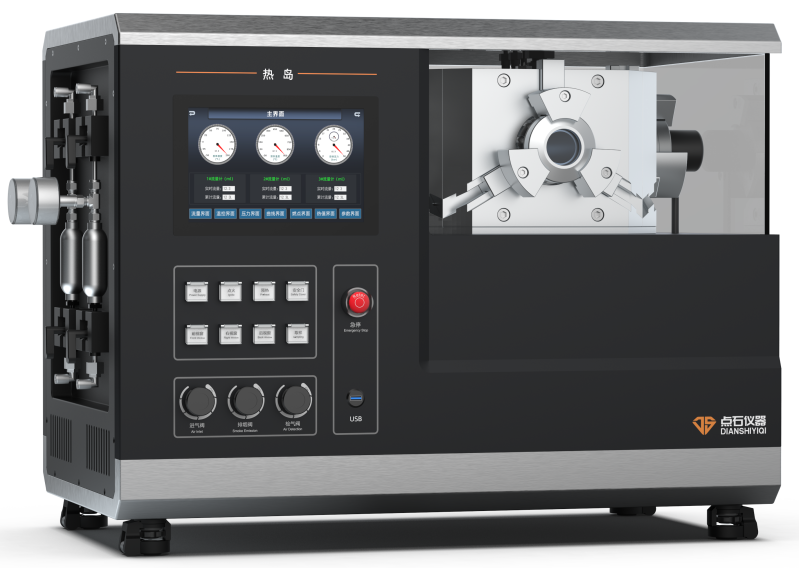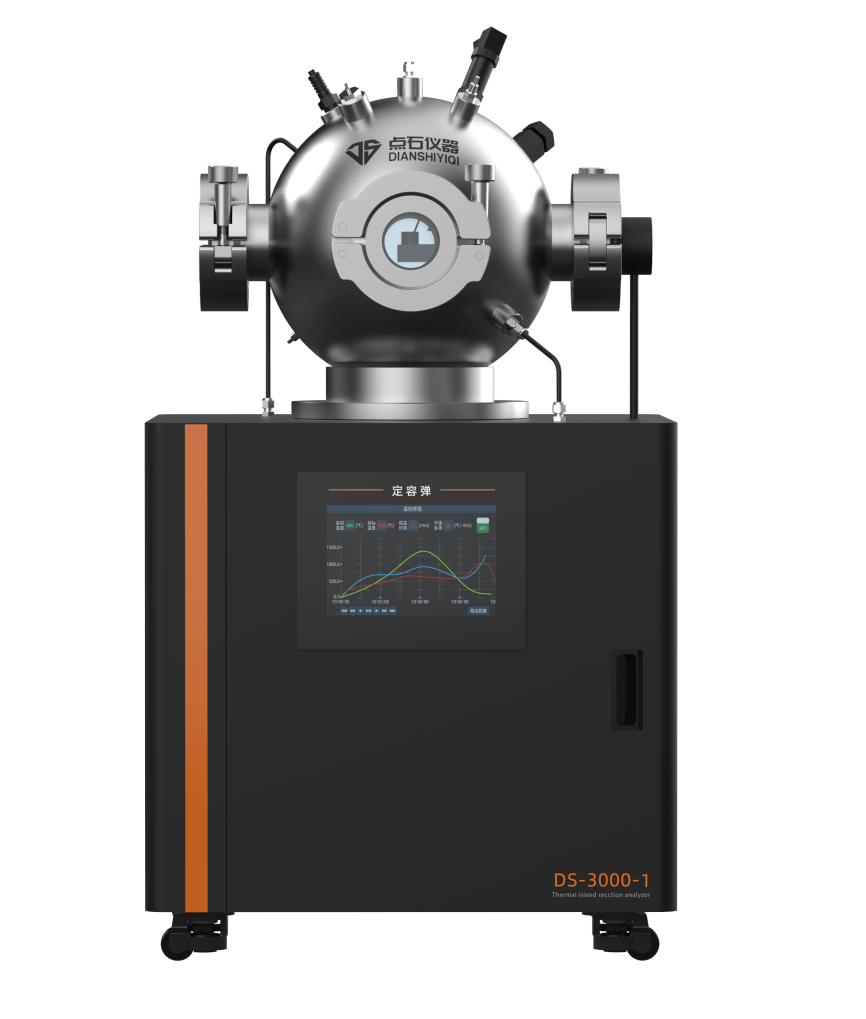更新时间:2024-11-08浏览量:94
【Research Background and Significance】
With the rapid development of the global economy, the carbon emission problem of the aviation industry has become increasingly prominent. Sustainable aviation fuel (SAF) is considered to be the most important technological path to achieve civil aviation carbon reduction targets in the short and medium term. According to an analysis by the International Air Transport Association (LATA), by 2050, 65% of the carbon reduction will be achieved through the use of SAF. Fully compatible with existing fuel delivery infrastructure, SAF can be blended directly with traditional fossil-based jet kerosene and can be used directly with little modification to the aircraft. Compared to fossil-based jet fuels, SAF can not only provide similar flight power, but also reduce carbon emissions by 80%. Currently, SAF airworthiness certification is subject to a standardized ASTM certification process. This process is cumbersome and extremely demanding, resulting in a very high upfront investment in SAF research and development. It is conservatively estimated that it takes at least 3-5 years, 100-200 million yuan and more than 600,000 liters of SAF samples to certify a SAF through the ASTM standard process, and there is still a high probability that the SAF product will not meet the airworthiness conditions. The high risk and high cost of SAF research and development have severely limited the development of SAF at present. Despite strong incentives from international energy policies, only a few SAFs have been approved for commercial use since 2009, and their production capacity is less than 1% of the total aviation kerosene market. Therefore, it is urgent to develop new technologies to achieve small size, low cost and high efficiency SAF evaluation and preliminary screening, and quickly locate SAF with potential wide application prospects.
【Highlight innovation】
(1) A small sample learning framework is established, and a multi-modal semi-supervised regression model including data generation is adopted to effectively solve the problem of missing sample information and insufficient sample size.
(2) Based on the information of jet fuel components, the real-time prediction of the physical properties of 14 ASTM standards can realize the low-cost and efficient evaluation and screening of potential SAFs, and pass the ASTM airworthiness certification.
(3) The SAF fault diagnosis and comprehensive performance optimization framework is proposed. Based on multi-objective genetic algorithm, the comprehensive performance of jet fuel is targeted to optimize and control, ensuring that its key attributes meet the requirements of ASTM standards.
【Main Achievements】
(1) The physicochemical and combustion characteristics of jet fuel are mainly dominated by its composition distribution in the small sample learning framework based on multi-modal semi-supervised regression model and data generation. As a result, there is potential for rapid and reliable identification of potential SAFs through information on the composition of jet fuel. However, although the production of jet fuel is widely used, the information on the composition of jet fuel for different production locations and batches is very limited. In order to solve the problem of insufficient data, this study developed a small sample learning framework based on multi-modal semi-supervised regression model and data generation, which can realize the reliable construction of the mapping relationship from jet fuel component information to target parameters based on small data samples. In this study, 14 key physicochemical properties of aviation oil were selected for mapping relationship construction, namely: density, cetane number, 6 distillation temperatures (0%, 10%, 20%, 50%, 90%, 100%), flash point, freezing point, combustion calorific value, surface tension, viscosity at -20℃ and -40℃. These 14 properties cover the basic physical and chemical properties of the fuel and directly affect the performance of the fuel under certain conditions such as high altitude low temperature, extreme temperature changes and high-speed combustion. These 14 attributes are also key metrics defined in ASTM D7566 and D4054 standards to ensure that SAF can meet the same performance standards as conventional aviation fuels. Figure 1 shows the prediction results of 14 key attributes on the generated dataset by the developed small sample learning framework. R-squared (R2) and Mean Absolute Error (MAE) were used as model evaluation indexes. As can be seen from Figure 1, R2 of all attributes in the training set, test set, and total data set is greater than 0.99, indicating that the model has a very strong data fitting ability, and MAE is less than 0.31, indicating that the model has a very high accuracy in forecasting.

Figure 1. Mapping relationship construction of 14 kinds of physical and chemical properties by small sample learning framework
(2) Real-time prediction and evaluation of 14 key attributes of actual jet fuel based on the component information of jet fuel The mapping relationship obtained based on the small sample learning framework can realize real-time prediction of key attributes of actual jet fuel based on the distribution information of compound family and carbon number. The framework is applied to conventional Jet fuels (Jet A, JET A-1, JP 5, JP 8, etc.), SAF (ATJ, FT, HEFA, SPK, etc.), blends of both and other alternative jet fuels, and the results are shown in Figure 2. As can be seen from Figure 2, R2 of cetane number (DCN), density, 20% distillate temperature, 50% distillate temperature, and burning heat value are all greater than 0.9. R2 of other properties is greater than 0.85 except for -20℃ viscosity (R2= 0.843) and -40℃ viscosity (R2= 0.80), and the prediction accuracy is within the respective ASTM tolerance range. In addition, compared with existing frameworks, the proposed framework achieves an order of magnitude improvement in prediction accuracy, is more universal, covers more comprehensive categories of aviation fuel properties, and for the first time fully meets ASTM assessment errors. Based on this framework, the comprehensive performance evaluation and preliminary screening of candidate SAF products can be realized in small volume, low cost and high efficiency before blindly expanding SAF production, thus greatly reducing the risk of SAF development.
(3) Fault diagnosis and comprehensive performance optimization of SAF
In the actual SAF certification process, the SAF may not pass one or more of the tests. At this time, it is necessary to diagnose the fault of SAF and put forward the optimization plan to guide the adjustment of SAF preparation process. Therefore, this paper develops an innovative SAF fault diagnosis and comprehensive performance optimization framework based on multi-objective genetic algorithm, which can analyze the reasons why SAF does not meet the specific evaluation requirements, and on this basis, carry out directional optimization of the component information of jet fuel within the user-defined limitation framework (economy, carbon footprint, airworthiness, etc.).
Figure 3 shows the dynamic process of fault diagnosis and optimization of a potential SAF oil based on the ATJ technology path using this optimization algorithm. The objective of the optimization is to meet the performance range requirements of ASTM, traditional Jet A and Jet A-1 for all properties. It can be seen that the evaluated SAF oil initial density, freezing point, combustion calorific value, and surface tension are not within the range of ASTM, or Jet A and Jet A-1, but through the gradual optimization of genetic algorithm, all properties of the candidate SAF finally enter the target range, and the fuel performance has changed greatly. For example, the density is increased from 765 kg/L to 798 kg/L, the calorific value of combustion is reduced from 43.51 MJ/kg to 42.9 MJ/kg, and the surface tension is increased from 25.1 to 27.7. The optimized properties are in full accord with the range of physical properties of Jet A and Jet A-1. paraffins, n-paraffins, and monocycloparaffin mass percentage were 51.5%, 14.2%, 16.5% before optimization, and 23.02% after optimization. 16.21%, 19.84%. The optimization framework can optimize and control the comprehensive performance of jet fuel according to the needs of users, diagnose SAF oil faults, provide feedback information for SAF manufacturers, and guide the optimization direction of preparation process.
FIG. 3 Dynamic diagnosis and optimization process of potential SAF oil based on ATJ technology path
【Summary】
This study developed a small-sample learning framework for jet fuel, and built an accurate and reliable mapping relationship between jet fuel components and key physicochemical properties on this basis, which can realize real-time prediction of key properties defined by 14 ASTM based on jet fuel component information. On this basis, a SAF fault diagnosis and directional optimization framework based on multi-objective genetic algorithm is developed, which can provide users with customized requirements and optimize the comprehensive performance of SAF candidate products. The innovative SAF pre-screening framework proposed in this study can achieve small volume, low cost, high efficiency and low risk SAF evaluation and preliminary screening, as well as directional regulation of SAF performance, and provide feedback information for SAF manufacturers to guide the optimization direction of preparation process. This framework will effectively shorten the development time of SAF oil products, improve the efficiency and success rate of SAF products in the whole ASTM certification process, and has important application value to promote the practical application of SAF and the carbon reduction process of China's air transport industry.
【Study on the combustion Characteristics of Aviation Fuel Assisted by Beijing Dianshi High-tech Heat Island & Constant Volume Bomb Research Equipment】
The heat island, constant volume bomb and other scientific research equipment independently developed by Beijing Dianshi High-tech can be used to study the performance of aviation fuel under specific conditions such as high altitude low temperature, extreme temperature changes and high-speed combustion.
Heat island can build a compound experimental environment (high temperature, low temperature, high pressure, low pressure, oxygen rich, oxygen poor), and conduct real-time monitoring, observation record and product analysis of the experimental process, and obtain key parameters (ignition point, calorific value, mass loss, product composition) for the study of combustion or pyrolysis characteristics of aviation fuel.

The constant volume projectile can test the ignition and explosion characteristics of aviation fuel in a composite environment, monitor and observe the experimental process in real time, support data acquisition and product analysis, and be used for the research of laminar combustion, turbulent combustion, one-time combustion and continuous combustion.
